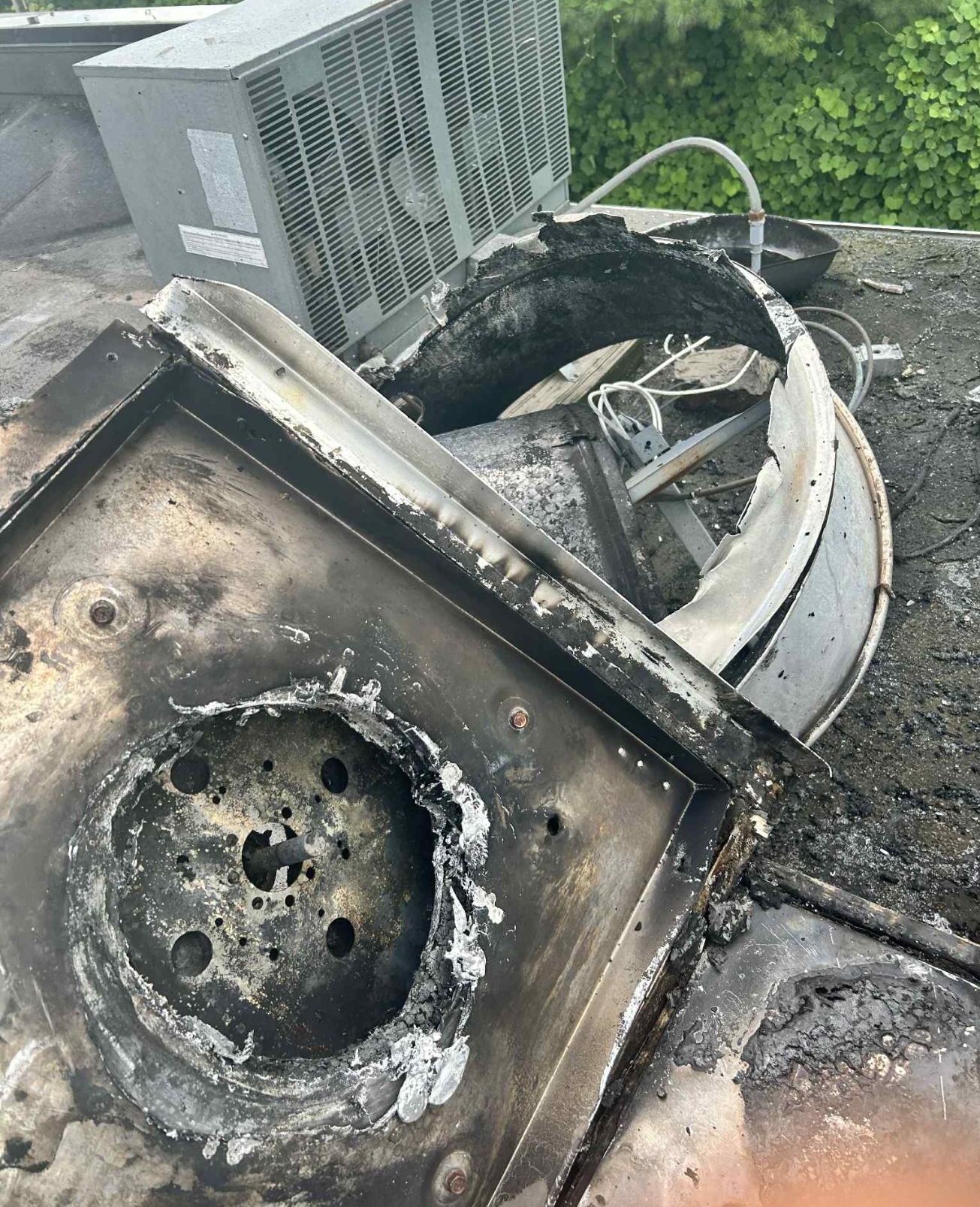Our hummingbirds arriving back in WNC
Published 10:38 am Monday, April 11, 2011
It’s always a pleasure when our first Ruby-throated Hummingbirds appear at our feeders here in western North Carolina.
From their wintering grounds in Mexico and Central America, the ruby-throats usually arrive back in the Carolinas during the last week of March and first of April.
Of course they filter into the piedmont and coastal plain first, before they climb into the higher elevations of the western portion of North Carolina. Many people put their feeders up on April 15, in anticipation of the bird’s arrival on tax day, maybe a way to associate this date with far more attractive qualities.
While hummingbirds are faithful to their migration timing and patterns, their arrival date is usually a few days earlier than this, although weather can indeed play a part in their journey north.
Of course we need to make sure our hummingbird feeders are ready for the bird’s arrival.
To get rid of winters mold and dust, it is best to clean the feeders thoroughly with a solution of 1/4 cup bleach to 1 gallon water. Let the feeders soak in this solution for about an hour, then clean them thoroughly with a bottlebrush. It is also important to keep the feeders clean throughout the spring and summer months, as the sugar solution can start to ferment in the heat.
Clean the feeders every week with hot tap water and a bottlebrush to remove any mold that may appear. Another good method of removing unsightly mould is to add a small amount of sand to a small amount of water in the feeder and shake vigorously. Then rinse well.
You can let the feeders air-dry completely before refilling. This can be done at night and refilled the next morning so you don’t disrupt the feeding of the birds.
When the temperature is over 80°F, change your feeder solution every three to four days, flushing the feeders with hot tap water. It is always best to use clear glass or plastic feeders, so you can keep track of the amount of sugar water and its condition.
Now about the hummingbird feeding solution: It is important not to use any red food coloring, as this has been proven to harm the birds. You can either make your own sugar solution by dissolving 1 cup of white sugar in 4 cups of boiling water or buy ready-made nectar from your local bird-feeding store.
No artificial sweeteners should be used at all, as these can harm and even kill the birds. Also it is best to only partially fill the feeders with 2-3 inches of solution, unless of course you have many hummingbirds, which drink rapidly and empty the feeders in a short time.
Hummingbirds are amongst the best-known and best-loved birds in the eastern US, and it is best to know the correct feeding methods, so we do not “love” these birds to death.
Simon Thompson has lived in WNC for the past 16 years. He owns and operates his own birding tour company, Ventures Birding Tours. www.birdventures.comHe and Chris also own and operate the Asheville Wild Birds Unlimited Store. For more information on any of the birding activities in the area, drop by the store or check his website at www.asheville.wbu.com.





